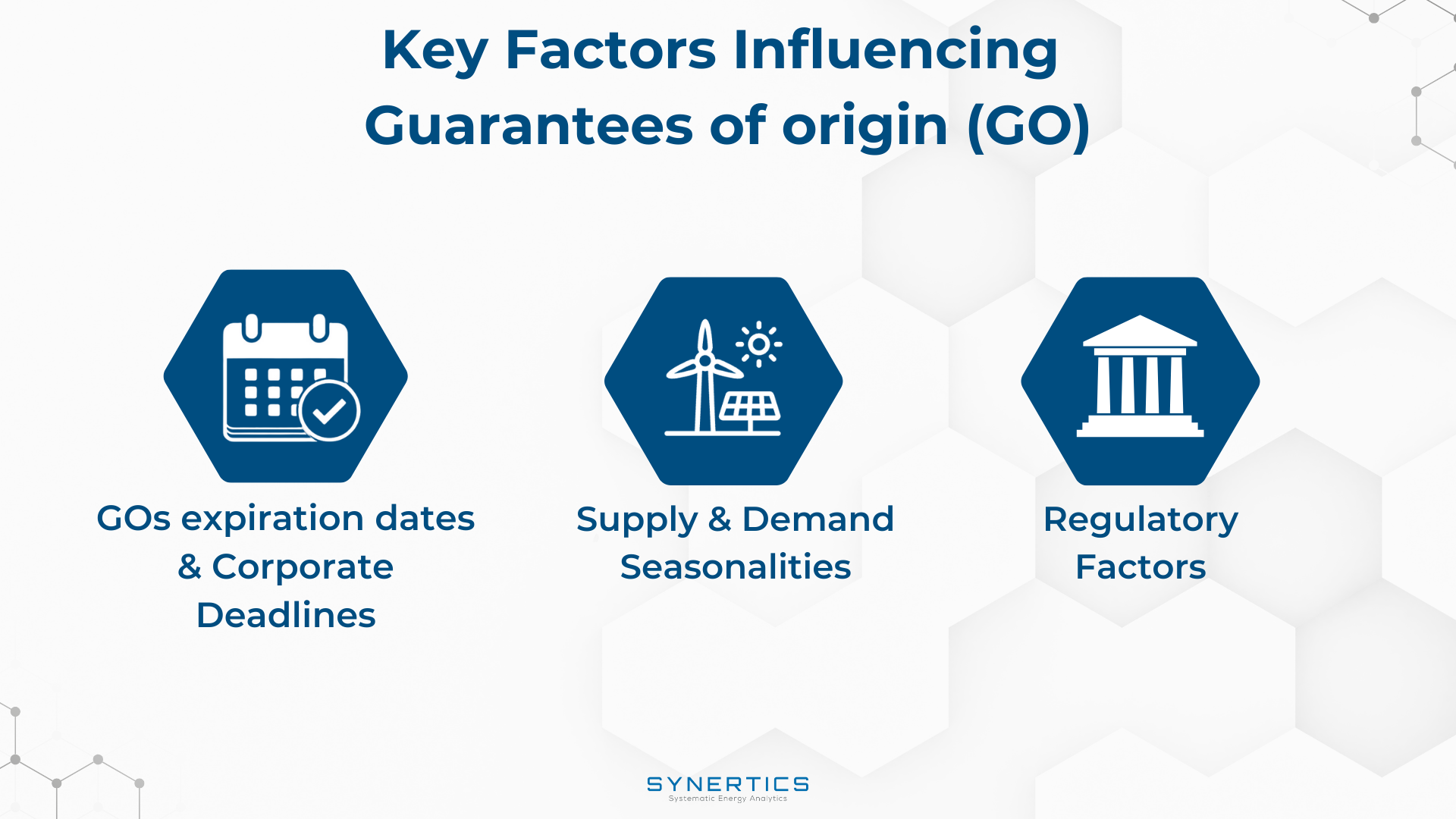Join us on our journey towards renewable energy excellence, where knowledge meets innovation.
From a major legislative reform to a blackout and a record-breaking milestone, here are the top stories shaping Europe's energy markets this month.

Spain’s Newest Legislation Boosts Energy Storage and Renewables
On June 25, Spain published the new Real Decreto-ley 7/2025 , aimed at strengthening the resilience of the national electricity grid. This regulation is an immediate response to the nationwide power outage that occurred on April 28, 2025.
One of the most important changes is how the law treats energy storage: it is now officially recognised as a public utility, which means storage projects can use compulsory purchase rights (the ability to acquire land even if the owner doesn't want to sell) and easement procedures (the right to use or access someone else’s land for infrastructure purposes).
Storage is also given a more active role in the electricity market. It can now participate in balancing and ancillary services, just like traditional power plants. This is a big step forward because it means storage is no longer just a backup for renewables but can be a full player in the system. Another innovation is that storage projects can now apply for grid access both as producers and consumers, which helps stand-alone storage projects to connect more easily.
In terms of permitting, the law introduces faster, clearer processes. Repowering projects that increase capacity by less than 25% can use a simplified process and avoid reapplying for full authorisation. The deadline for meeting the fifth permitting milestone, bringing a project into commercial operation. has been extended. Previously, developers had 5 years from the time of final authorisation to complete this step. Now, they have up to 8 years for conventional projects and 9 years for offshore wind. Importantly, the countdown now begins from the moment provisional authorisation is granted, not the final one, giving developers more time to meet formal requirements.
These changes directly respond to industry complaints, especially from the wind sector, about unclear rules and rigid deadlines. By removing bottlenecks and adding legal clarity, the new framework aims to make project development smoother and more predictable.
Mixed Trends in Electricity Prices Amid Rising Demand and Market Volatility
In June 2025, wholesale electricity prices across Europe showed mixed trends depending on the country. France, Spain and Italy saw sharp increases, with Spain’s price rising more than fourfold and France’s more than doubling. Germany and Sweden, on the other hand, experienced price declines, with Sweden seeing a significant drop. During the first half of the month, weekly average prices across most European countries were above €50/MWh and reached over €70/MWh in the third week. In the latter half of June, daily prices in markets such as the UK, Iberia, and Italy often exceeded €100/MWh. These trends were driven by several factors, including rising gas prices, fluctuations in the cost of CO2 emission allowances, hot weather in Europe and the resulting increasein demand, as well as the generation mix.
Finnish Balancing Power Prices Plunged to -10,000 EUR/MWh
There was a major electricity surplus in Finland’s power system during the night of June 16, which led to all downward regulation bids being activated between 2:00 and 3:30 Finnish time, causing the price of balancing energy to drop to -10,000 €/MWh. The electricity surplus was caused by higher-than-expected production and lower-than-forecasted consumption. Export capacity was limited due to restoring of the EstLink2 connection with Estonia, which had been offline since December and only recently resumed commercial operation on June 20.
Just two days later a similar situation occurred in Sweden, where downward regulation of mFRR was activated at the same price of -10,000 €/MWh. This pattern of high balancing costs and extreme downward regulation is becoming more frequent across Europe, reflecting growing challenges in managing grid stability.
Poland Hits Historic Renewable Energy Milestone
In June, renewables overtook coal in Poland’s electricity mix for the first time ever, with renewables at 44.1% and coal at 43.7%. This marks a major turning point in Poland’s energy transition, down from coal’s 63% share in 2023. The shift is driven by the rapid growth of wind and solar power, supported by government reforms. Most notably the easing of the “10H rule,” which had previously restricted wind turbine development by requiring turbines to be placed at least ten times their height away from buildings.
While challenges remain, Poland is entering a new phase of renewable energy expansion with a target of 53–56% renewables by 2030. This rapid transformation is driven by falling regulatory barriers, increased government support and a growing power purchase agreement (PPA) market, creating strong momentum and new opportunities for both developers and corporate buyers.
Power Outage Hits Czech Republic, Disrupting Transport and Industry
On July 4, a major power outage affected large parts of the Czech Republic, including Prague, after the V411 high-voltage transmission line collapsed. Grid operator CEPS declared a state of emergency following the line failure and a fault at the Ledvice coal plant, which overloaded the system. The incident forced part of the grid to operate in isolation, impacting eight substations and causing blackouts in five of the country’s 14 regions. Around 500,000 customers were affected. Authorities confirmed the cause was not a cyberattack or related to renewable energy failures, but rather physical damage to an ageing power line, which is already scheduled for upgrade by 2028.
The incident follows similar grid failures in Spain (April) and London Heathrow (March), underscoring growing concerns about the resilience of Europe’s electricity infrastructure in the face of rising demand and the green energy transition.

Insights, Market-trends
15th Dec, 2025

Insights
2nd Dec, 2025

Insights
19th Nov, 2025